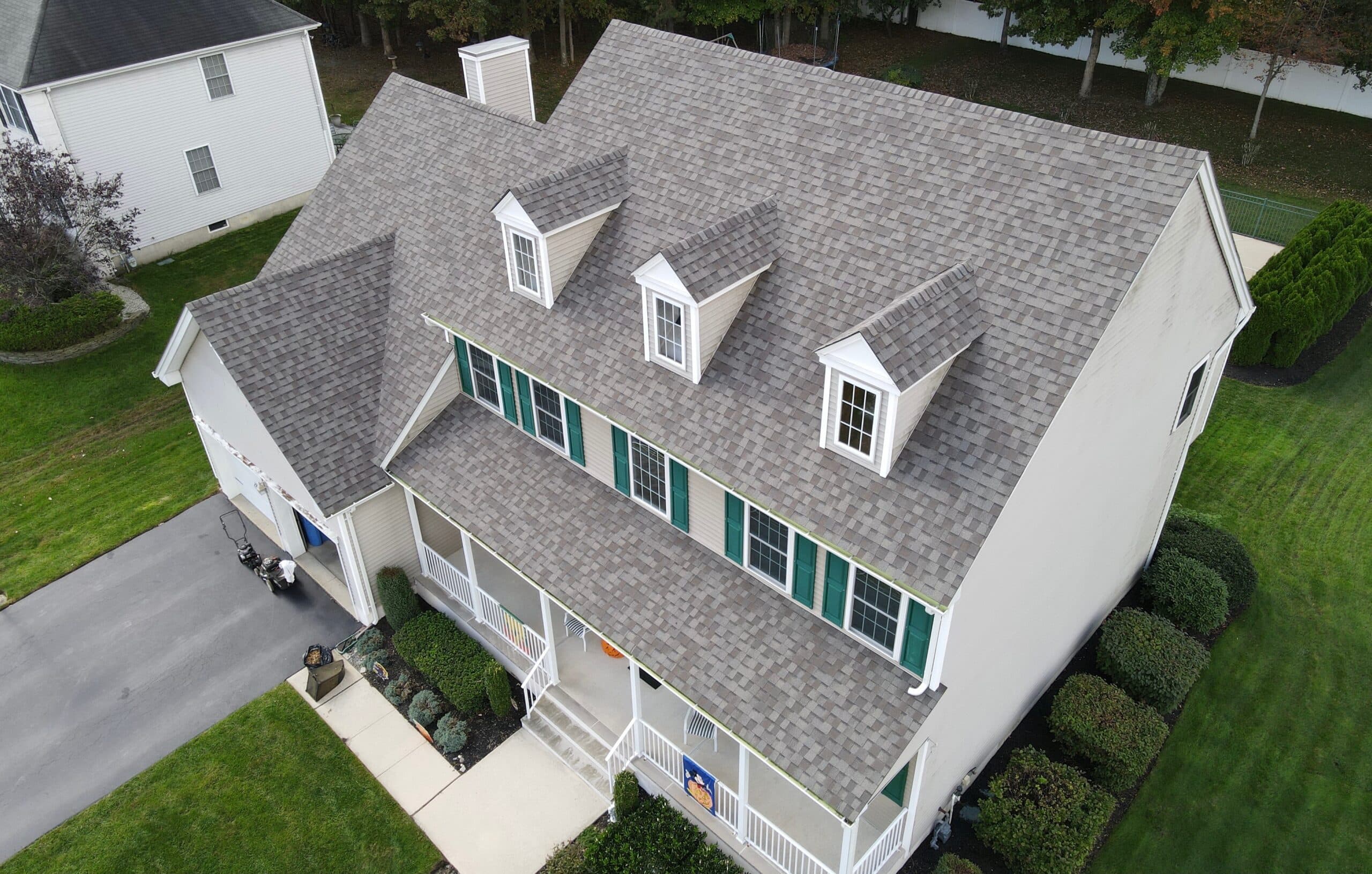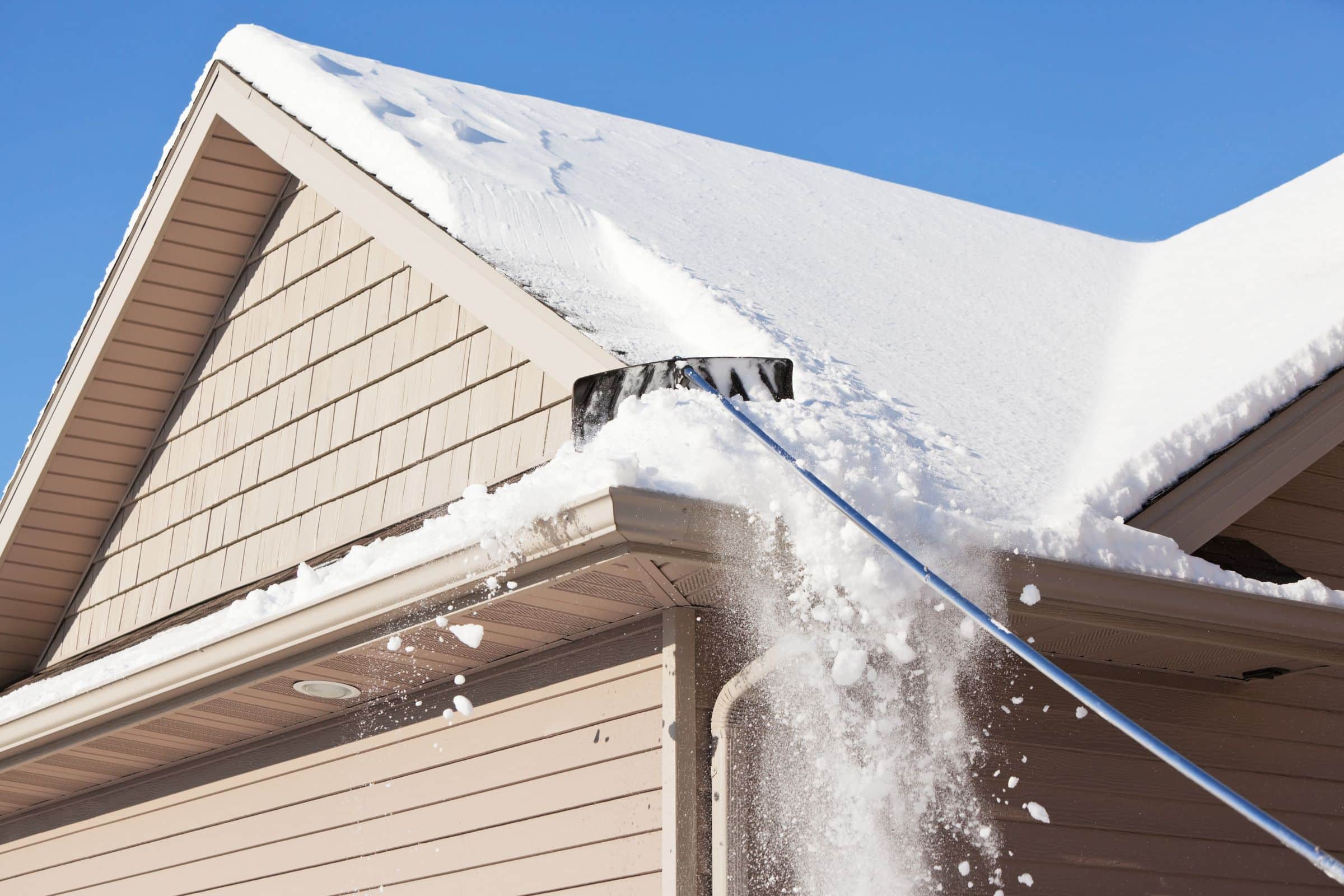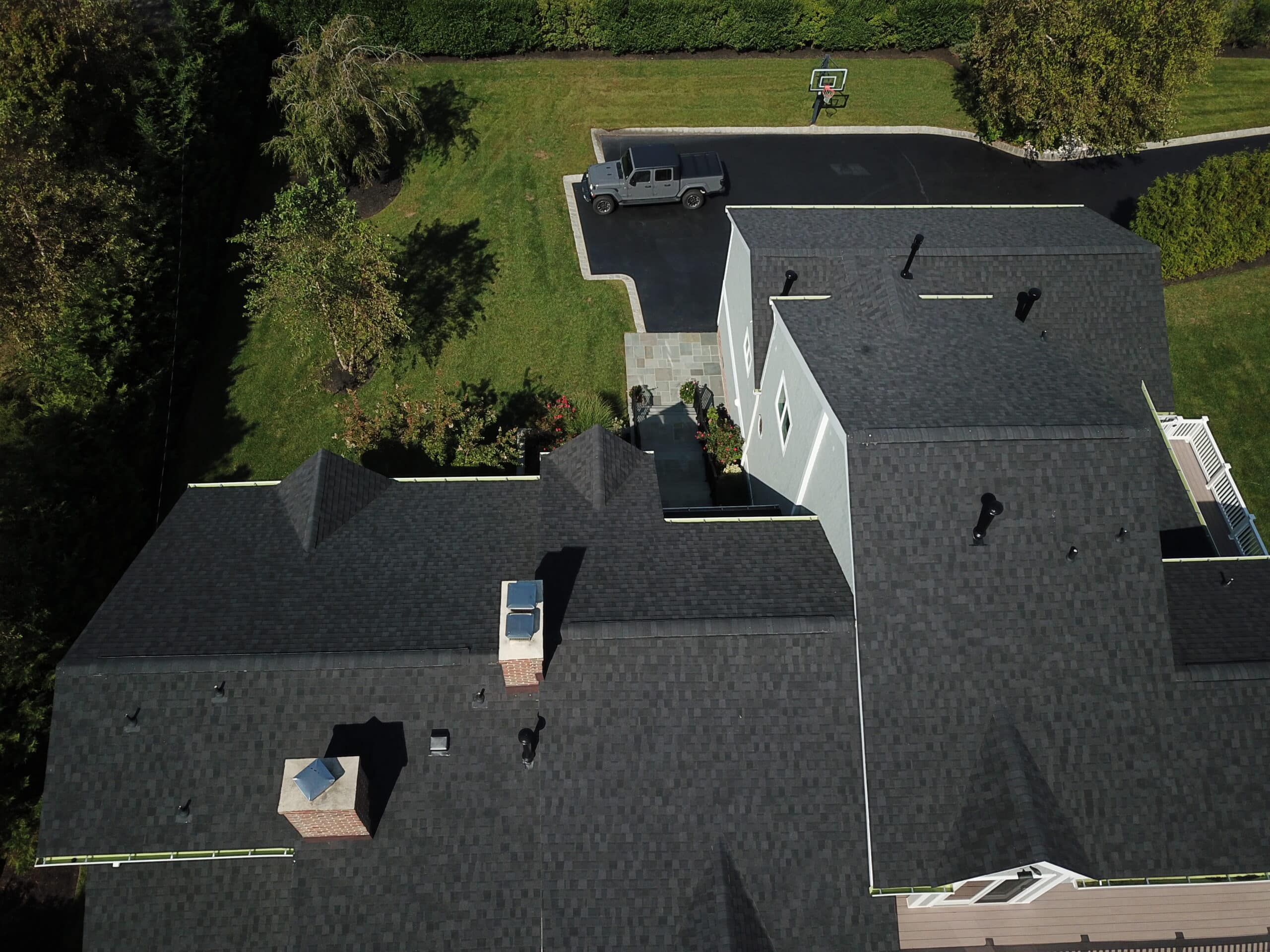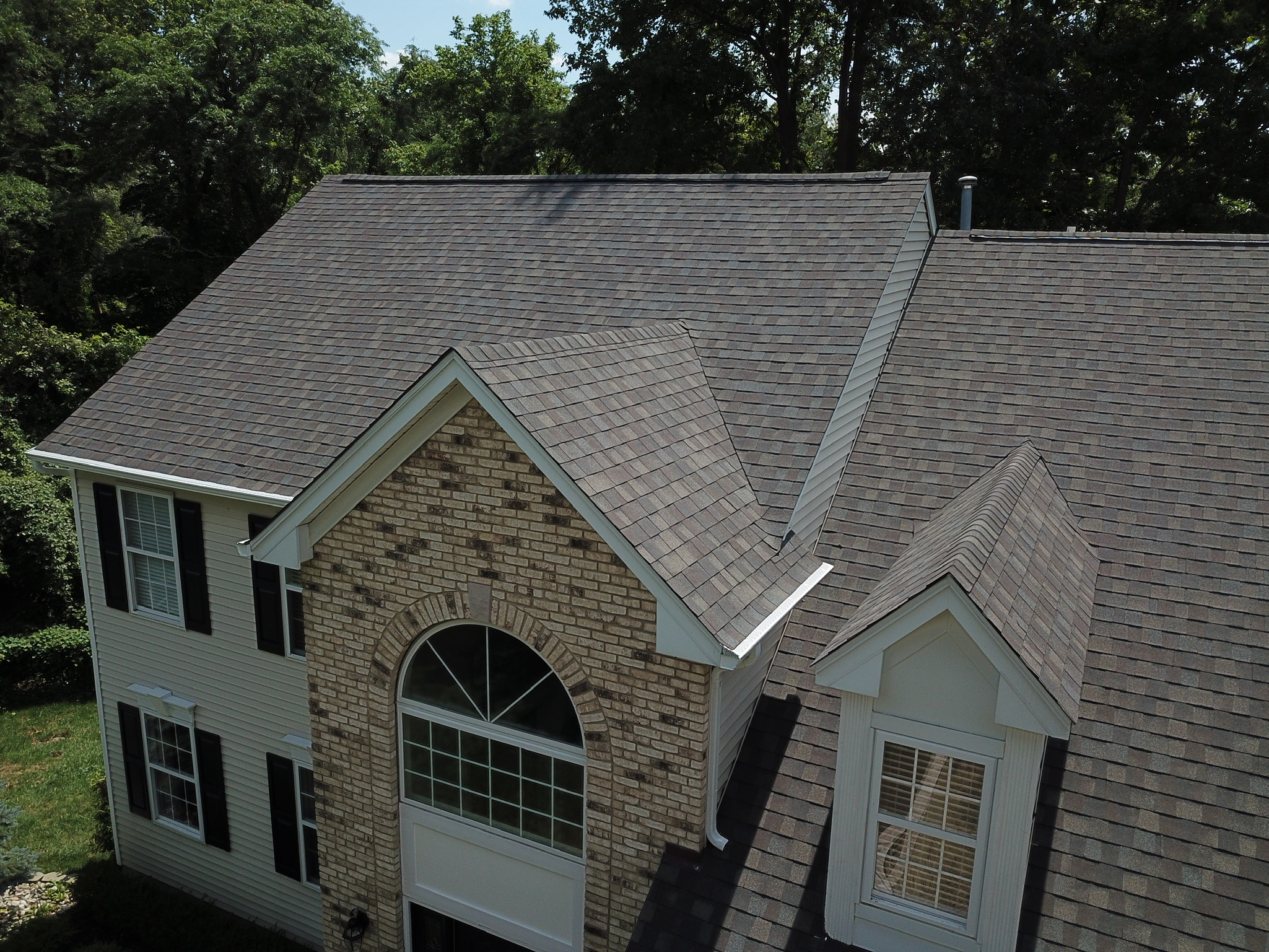
Synthetic vs. Felt Roofing Underlayment
Some homeowners don’t realize that there are many components that go into your homes’ roofing system. Between the roof deck and roof covering, there is another important layer that protects your roof from moisture and damage. Here’s what you should know about felt and synthetic roof underlayment:
Synthetic Roofing Underlayment
Many roofing contractors decided to work with synthetic roofing underlayment since it offers enhanced water-resistance and protection from the elements. This type of roofing underlayment is very durable, resistant to mold growth, and can be installed quickly.
However this type of roofing underlayment isn’t standardized, which means that manufacturers may make their products differently with various levels of performance. Synthetic roofing underlayment also tends to be the more expensive option in comparison.
Felt Roofing Underlayment
Felt is one of the oldest types of roofing underlayment on the market. You can find this type of roofing underlayment in two types — No.15 felt and No. 30 felt. No. 30 felt is usually thicker, stronger, and is less prone to tearing during installation or harsh weather. Felt is also more cost effective than synthetic options.
There are some disadvantages to using felt roofing underlayment though. It isn’t good to leave it exposed for more than a few hours since it can dry out or leach oils in heat. It also tends to be more difficult to install and can tear during the installation process or high winds.
At Carl’s Fencing, Decking & Home Improvements, we’ll give you the roof you’ve always wanted. Contact us today for a free estimate and let us help you find the best roofing options for your NJ home!



